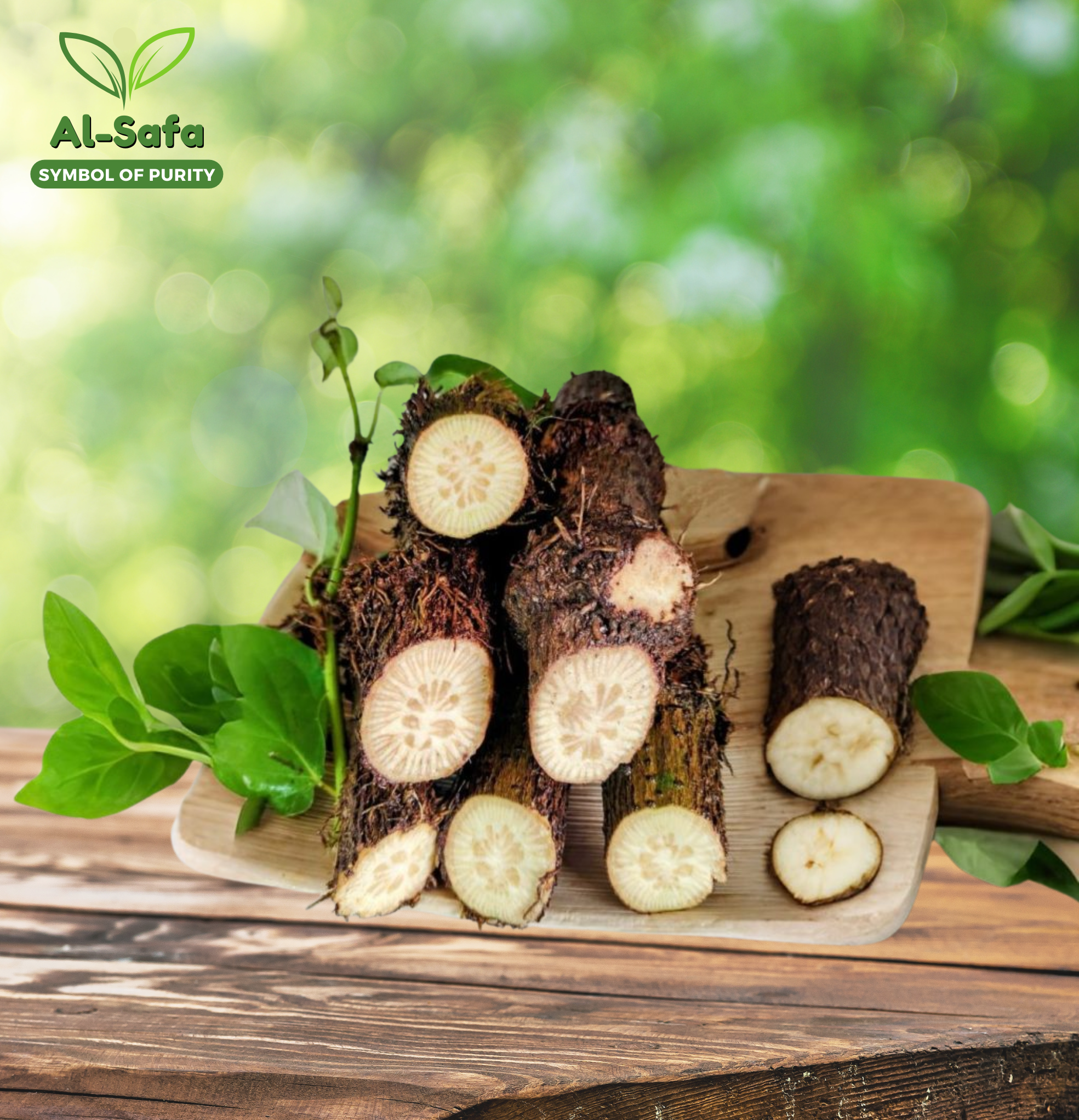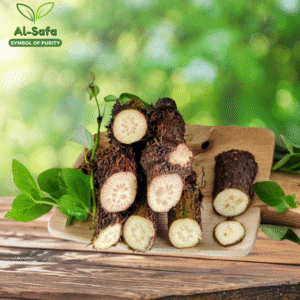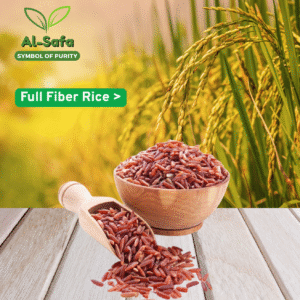Piper chaba, locally known as Chui Jhal, holds a cherished place in the culinary traditions of the southern region of Bangladesh, particularly in districts like Khulna, Jessore, Bagerhat, and Satkhira. In this region, Chui Jhal is more than just a spice—it’s a cultural emblem, deeply woven into local food heritage and hospitality.
The plant, a woody climber, produces stems and roots that are used in cooking rather than the fruit, which is common in other peppers. In southern Bangladeshi cuisine, Chui Jhal is especially popular in slow-cooked meat dishes, such as beef and mutton curries. The spice is often sliced or crushed and simmered for hours with meat, releasing a distinctive peppery heat and aromatic intensity that cannot be replicated by common chillies or black pepper.
In local households and restaurants, dishes made with Chui Jhal are considered delicacies, often reserved for special occasions or when entertaining guests. Its fiery taste not only excites the palate but also stimulates digestion, aligning with traditional beliefs in its medicinal properties. Many locals believe it helps reduce inflammation, ease cold symptoms, and improve metabolism.
The demand for Chui Jhal has grown beyond the region, with people across Bangladesh and even abroad seeking its unique flavour. As a result, it has become an important agricultural product and a symbol of southern Bangladeshi identity, often featured in regional food festivals and culinary showcases.
In essence, Piper chaba is not just a spice in southern Bangladesh—it’s a cultural treasure that brings warmth, flavour, and pride to the dining table.





Reviews
There are no reviews yet.